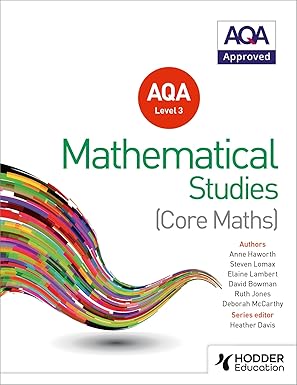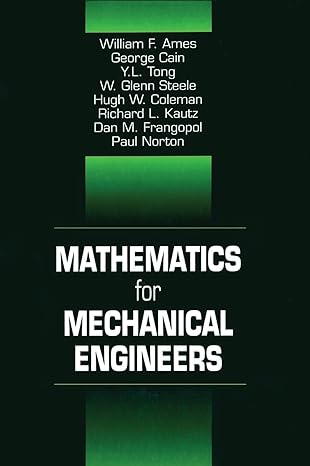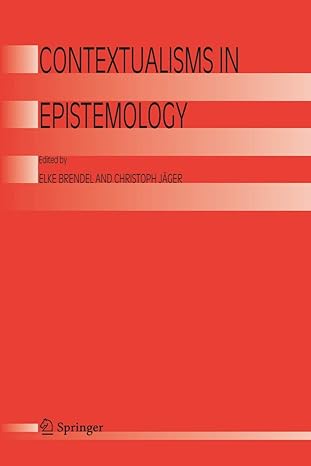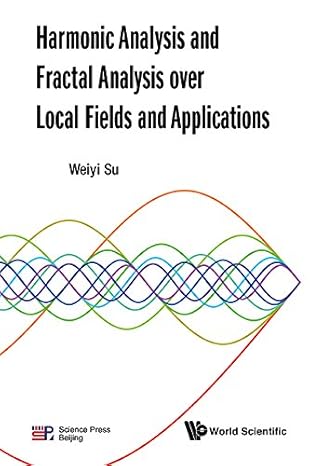Naturalistic cognitive science, when realistically rendered, rightly maintains that to think is to deploy contentful mental representations. Accordingly, conscious perception, memory, and anticipation are forms of cognition that, despite their introspectively manifest differences, may coincide in content. Sometimes we remember what we saw; other times we predict what we will see. Why, then, does what it is like consciously to perceive, differ so dramatically from what it is like merely to recall or anticipate the same? Why, if thought is just representation, does the phenomenal character of seeing a sunset differ so stunningly from the tepid character of recollecting or predicting the sun's descent?
J. Christopher Maloney argues that, unlike other cognitive modes, perception is in fact immediate, direct acquaintance with the object of thought. Although all mental representations carry content, the vehicles of perceptual representation are uniquely composed of the very objects represented. To perceive the setting sun is to use the sun and its properties to cast a peculiar cognitive vehicle of demonstrative representation. This vehicle's embedded referential term is identical with, and demonstrates, the sun itself. And the vehicle's self-attributive demonstrative predicate is itself forged from a property of that same remote star. So, in this sense, the perceiving mind is an extended mind. Perception is unbrokered cognition of what is real, exactly as it really is. Maloney's theory of perception will be of great interest in the philosophy of mind and cognitive science.
چکیده فارسی
علم شناختی طبیعت گرایانه، زمانی که به صورت واقع گرایانه ارائه شود، به درستی معتقد است که اندیشیدن به معنای به کارگیری بازنمایی های ذهنی محتوایی است. بر این اساس، ادراک آگاهانه، حافظه و انتظار، اشکالی از شناخت هستند که علیرغم تفاوتهای آشکار دروننگرشان، ممکن است در محتوا منطبق باشند. گاهی اوقات آنچه را که دیدیم به یاد می آوریم. زمان های دیگر ما آنچه را که خواهیم دید را پیش بینی می کنیم. پس چرا درک آگاهانه با آنچه که صرفاً به یاد آوردن یا پیشبینی آن است، به شدت متفاوت است؟ چرا، اگر فکر صرفاً بازنمایی است، شخصیت خارقالعاده دیدن غروب خورشید به طرز خیرهکنندهای با شخصیت ملایم یادآوری یا پیشبینی نزول خورشید متفاوت است؟
جی کریستوفر مالونی استدلال می کند که بر خلاف سایر حالت های شناختی، ادراک در واقع آشنایی بی واسطه و مستقیم با موضوع فکر است. اگرچه همه بازنماییهای ذهنی حاوی محتوا هستند، اما ابزارهای بازنمایی ادراکی بهطور منحصربهفردی از همان اشیایی که نمایش داده میشوند تشکیل شدهاند. درک غروب خورشید به معنای استفاده از خورشید و ویژگی های آن برای ایجاد یک وسیله شناختی خاص برای نمایش نمایشی است. اصطلاح ارجاعی تعبیه شده این وسیله نقلیه با خود خورشید یکسان است و نشان می دهد. و محمول اثباتی خود اسنادی وسیله نقلیه خود از ویژگی همان ستاره دور ساخته شده است. بنابراین، از این نظر، ذهن ادراک کننده یک ذهن توسعه یافته است. ادراک، شناخت بدون واسطه از آنچه واقعی است، دقیقاً همان طور که واقعاً هست است. نظریه ادراک مالونی در فلسفه ذهن و علوم شناختی بسیار مورد توجه خواهد بود.
ادامه ...
بستن ...
Ebook details:
عنوان: What It Is Like To Perceive: Direct Realism and the Phenomenal Character of Perception
نویسنده: J. Christopher Maloney
ناشر: Oxford University Press (July 16, 2018)
زبان: English
شابک: 0190854758, 978-0190854751
حجم: 27 Mb
فرمت: True Pdf
ادامه ...
بستن ...







![[Soultion Manual] Statistics for Management and Economics (11th Edition) - Word [Soultion Manual] Statistics for Management and Economics (11th Edition) - Word](https://dl.libsan.ir/images/1/12/61JGRNKwfUL._SY466__66fd1fc169714.jpg)


